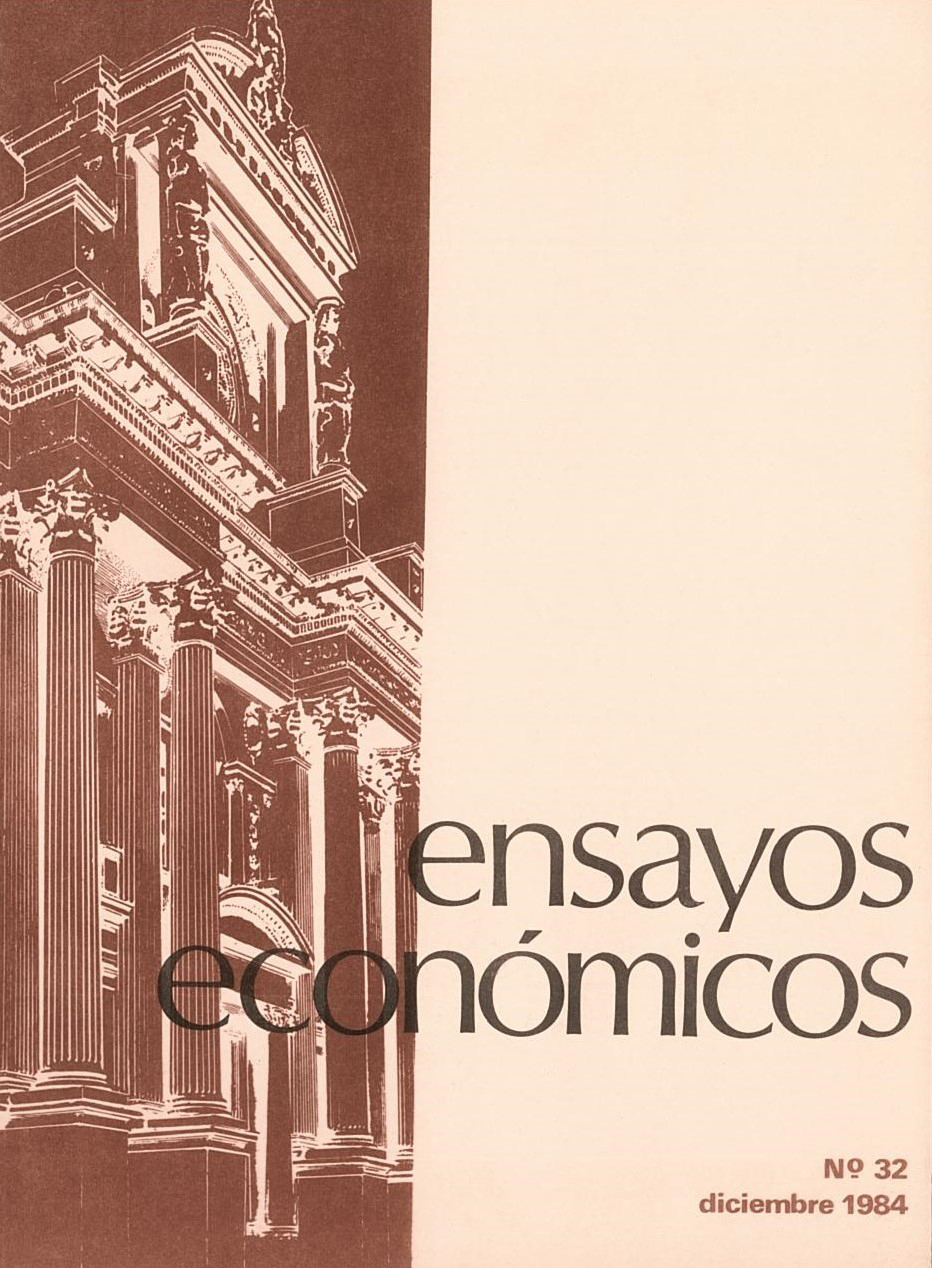Monetary shocks effects on the real and nominal interest rate in Argentina
Keywords:
Argentina, Money, Nominal Interest Rate, Real Interest RateAbstract
The relationship between money and the interest rate has been a very controversial topic in economic theory, which has led to various studies at both a theoretical and empirical level. Most economists today recognize the influence of the monetary sector on the behavior of the interest rate. This influence is important, since the interest rate is thought to be one of the transmission channels of monetary policy. Depending on the effect of the monetary sector on the interest rate, will depend the ability of the monetary authority to influence the interest rate in the short and long term. The nominal interest rate, which is observed in financial markets, differs from the real interest rate. Conceptually, the nominal interest rate can be defined as the sum of the ex-ante real interest rate and the expected inflation rate. The real ex ante rate, since it is an unobserved variable, must be estimated, deducing the expected change in prices from the nominal market rate. The purpose of this study is to consider the Argentine experience in the period 1950-1982 to determine the influence of the monetary sector on nominal and real interest rates, using different models that are empirically tested.
JEL classification: E43 ; E51 ; E52




